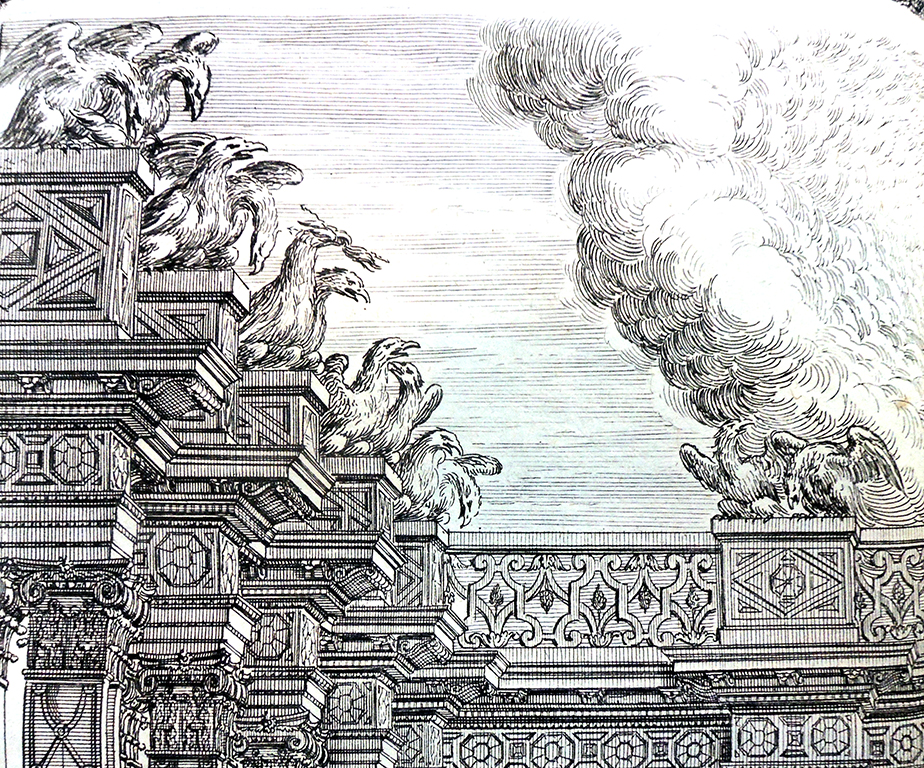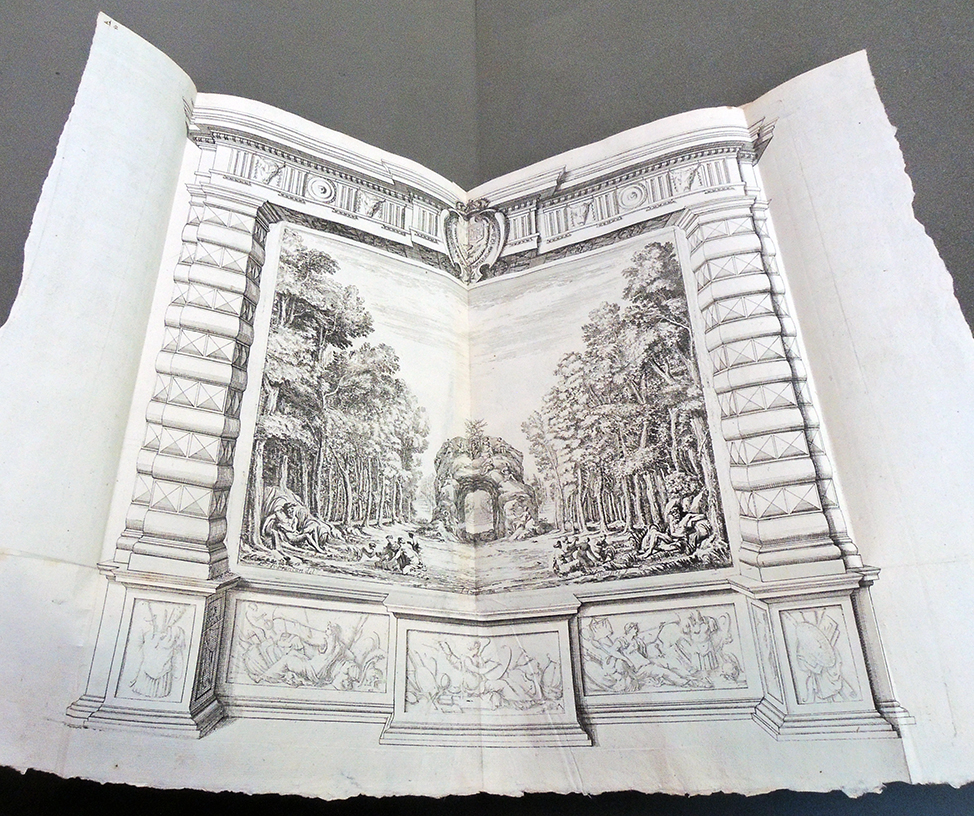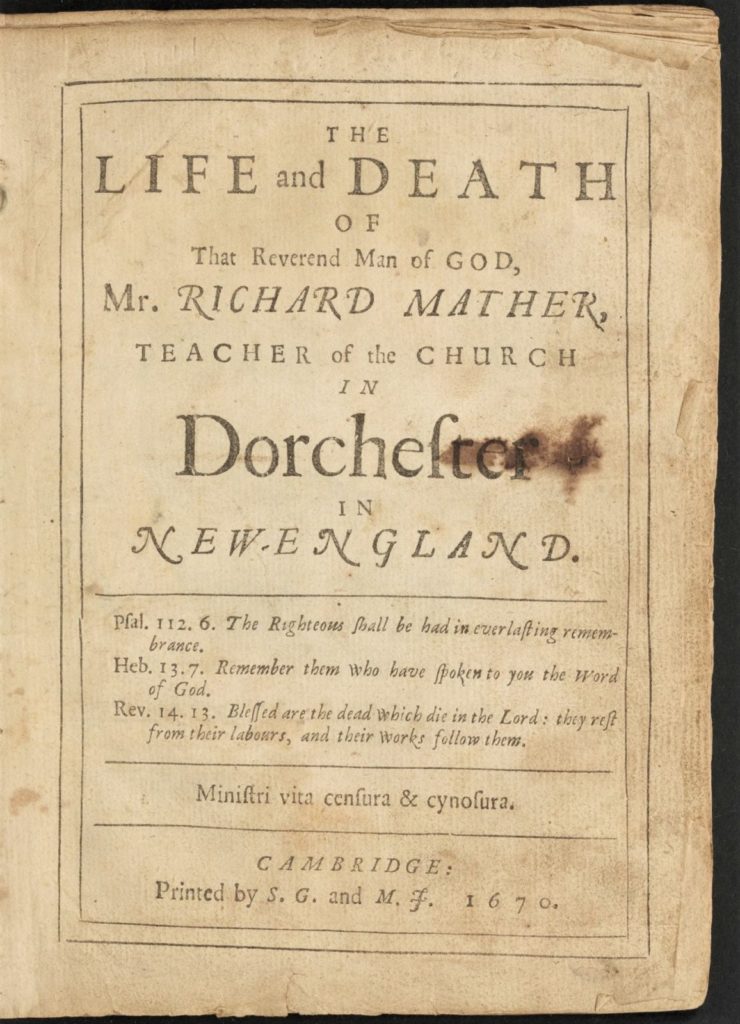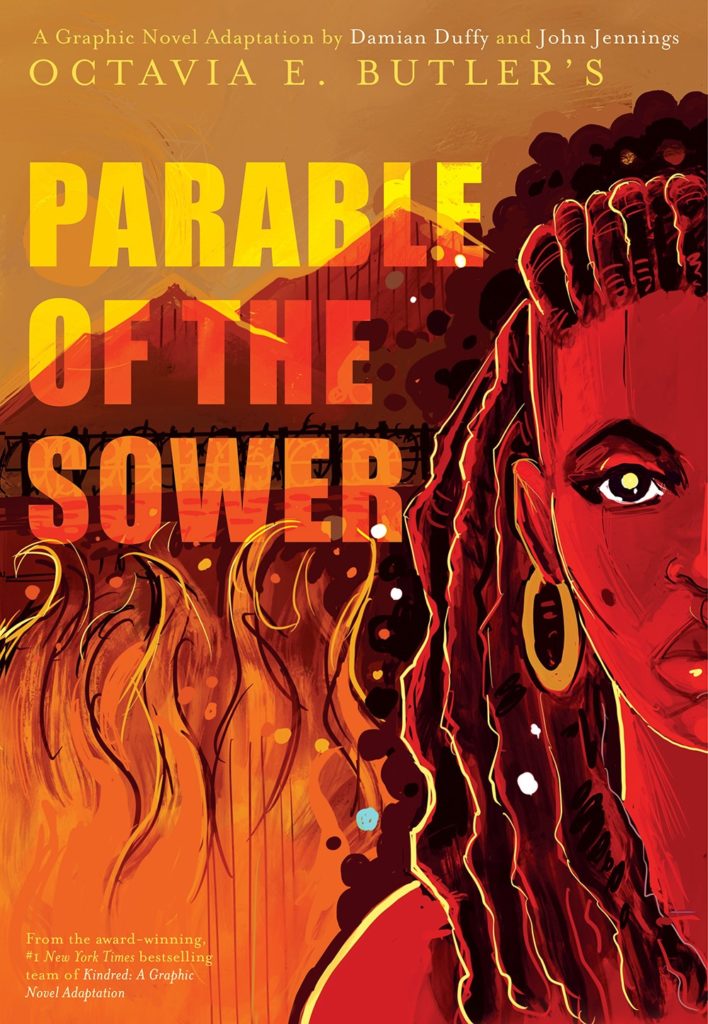

Robert Lewis Pendleton (1865-1929), one of the first African American printers to establish their own firm in Washington D.C., founded the R.L. Pendleton Company, also called Pendleton’s Quality Printing House, in 1886. Over the next 44 years, his shop operated at several Washington locations including 524 10th NW.; 1103 F NW. and 609 F Street NW.
Born in Marianna, Florida, Pendleton was listed as a job printer by age of sixteen, later moving to New York City in 1884 to work on the New York Globe. The following year he was printing at the People’s Advocate in Washington D.C. and then, established his own printing business, specializing in jobs for African American organizations. Among the books he printed were those written by his wife, Leila Amos Pendleton, author of A Narrative of the Negro (1912).
In 1910, Pendleton formed the American Negro Monograph Company with John W. Cromwell, his former boss at the People’s Advocate, as the editor. They attempted to republished important African American essays that had gone out-of-print, including The confession, trial and execution of Nat Turner, the Negro insurgent (1910); Contemporary evolution of the Negro race (1910); Biography of Benjamin Banneker (1910); and The social evolution of the Black South by W.E.B. Du Bois (1911).





For many years, Pendleton also taught printing at Howard University and was an active supporter of the school (see his advertising in the early yearbooks). He and his wife were also active with the Black fraternal order of the Scottish Rite Masons Temple, where he served as the Sovereign Grand Commander of the Southern jurisdiction. When they were not allowed to join or use the main Temple, Pemdleton organized Black members to build their own Temple 10 blocks away.
In addition to the American Negro Monograph series, he printed the following:
Anniversary address on the occasion of the seventy-fifth anniversary of the Fifteenth Street Presbyterian Church, Washington, D.C., 1841-1916. Grimké, Francis J. 1850-1937. Washington: R.L. Pendleton, Printer, 1916
Articles of incorporation, constitution and by-laws of the S. Coleridge-Taylor Choral Society of Washington, D.C. Washington, D.C.: Press of R.L. Pendleton, 1904
The Atlanta Exposition Souvenir Cook book: a safe guide to ordering and cooking. Bailey, Ida D., Mrs, compiler. Washington, D.C.: R.L. Pendleton, 1895
The blot on the eschutcheon [sic]: an address delivered before the Afro-American League, Branch no. 1, at the Second Baptist Church, Washington, D.C., April 4th, 1890 / Bruce, John Edward. Washington: R.L. Pendleton, Printer, 1890
Catalogue of the third annual exhibition of the Tanner Art League (Colored): Art rooms, Dunbar High School, Washington, D.C. [Washington, D.C.]: [Tanner Art League], 1922
Character: the true standard by which to estimate individuals and races and by which they should estimate themselves and others. This address was delivered before the Presbyterian Council at its session which was held in the Berean Presbyterian Church, Philadelphia, Pa., October 27, 1911. Grimke, Francis James, 1850-1925. Washington: R.L. Pendleton, 1911
Charitable institutions in colored churches / Crummell, Alexander, 1819-1898. [Washington, D.C.]: Press of R.L. Pendleton .., 1892
Constitution of Free Grace Lodge, no. 1343, of the G.U.O. of O.F., organized September 23, 1867: revised February 20, 1884. Grand United Order of Odd Fellows in America. Washington, D.C. (934 F. St., N.W.): R.L. Pendleton, Printer, 1891
Constitution of the American Negro Academy. American Negro Academy. Washington, D.C.: R.L. Pendleton, 1905
A discourse delivered at the funeral services of Mr. George F.T. Cook: Held at the Fifteen Street Presbyterian Church, Washington, D.C. August 10th, 1912. Grimké, Francis J. 1850-1937. Washington: Printed by R.L. Pendleton, 1912
The elements of permanent influence. Discourse delivered in the Fifteenth street Presbyterian church, Washington, D.C., Sunday, February 16, 1890, Blyden, Edward Wilmot, 1832-1912. Washington: R.L. Pendleton, Printer, 1890
Excerpts from a Thanksgiving sermon, delivered November 26, 1914, and two letters addressed to Hon. Woodrow Wilson, President of the U.S. Grimké, Francis J. 1850-1937. [Washington, D.C.], [Printed by R.L. Pendleton], 1914
Gideon bands for work within the race and for work without the race: a message to the colored people of the United States: a discourse delivered in the Fifteenth Street Presbyterian Church, Washington, D.C., Sunday, March the 2nd, 1913 / Grimké, Francis J. 1850-1937. Washington, D.C.: R.L. Pendleton, 1913
A glance at the life of Ira Frederick Aldridge / Peyton, Fountain. [Washington]: [Printed by R.L. Pendleton], 1917
A glance at the past and present of the Negro: an address … delivered at Church’s Auditorium before the Citizen’s Industrial League of Memphis, Tenn., Sept. 22, 1903. Terrell, Robert Herberton, 1857-1925. Washington: R.L. Pendleton, 1903
A heavenly vista; the pilgrimage of Louis G. Gregory. Gregory, Louis G. [Washington], [Printed by R.L. Pendleton], 1900s
History of Felix Lodge no. 3, F.A.A.M. or Freemasonry in the District of Columbia from 1825 to 1908. / Severson, William H., 1845-. Washington, D.C.: Press of R.L. Pendleton, 1908
History of the Bethel Literary and Historical Association.; being a paper read before the Association on Founder’s Day, February 24, 1896. Cromwell, John Wesley, 1846-1927. Washington, D.C., Press of R.L. Pendleton, 1896
Incidents of hope for the Negro race in America: a Thanksgiving sermon, November 26th, 1895 / Crummell, Alexander, 1819-1898.; Murray, Daniel Alexander Payne, Washington, D.C.: R.L. Pendleton, 1895
The Jim Crow Negro / Cromwell, John Wesley, 1846-1927. Washington, D.C.: Press of R.L. Pendleton, 1904
Life and works of Phillis Wheatley: containing her complete poetical works, numerous letters, and a complete biography of this famous poet of a century and a half ago. / Wheatley, Phillis, 1753-1784; Renfro, G. Herbert,; Pendleton, Leila Amos,. Washington, D.C.: [R.L. Pendleton], 1916
Manual of Plymouth Congregational Church of Washington, D.C. Washington, D.C.: R.L. Pendleton, printer, 1892
Memorial in honor of the late Justice John Marshall Harlan, associate justice of the United States Supreme Court. Monday evening, December 11th 1911, Metropolitan A.M.E. Church, Washington, D.C. . [Washington, D.C.], [R.L. Pendleton, Printer], 1911
Missing pages in American history, revealing the services of negroes in the early wars in the United States of America, 1641-1815, Wilkes, Laura E. 1871-1922. [Washington, D.C.]: [Press of R.L. Pendleton], 1919
A narrative of the Negro / Pendleton, Leila Amos, 1860- . Washington, D.C.: Press of R.L. Pendleton, 609 F Street, N.W., 1912,
The Negro from A to Z / Cosey, A. B. 1863- Washington, D.C.: Press of R.L. Pendleton, 1897
Paradise (Cleveland Park) and other poems. Jackson, Laura F. Washington, D.C.: R.L. Pendleton Printer, 1920
[Programme of] The Hiawatha trilogy, Coleridge-Taylor, Samuel, Corp : First Congregational Church (Washington, D.C.). [Washington, D.C.], [R.L. Pendleton] 1905
Progressive Negro. Washington; a souvenir album of some of the beautiful Negro churches, halls, public school buildings …. Washington: R.L. Pendleton, 1909
Race rhymes / Clifford, Carrie Williams, 1862-1934. Washington, D.C.: [Printed by R.L. Pendleton], 1911
Race solidarity / Thomas, Charles M. 1873-. Washington, D.C.: R.L. Pendleton, 1917
Reconnaissance soil survey of the San Diego region, California / Holmes, L. C.; Pendleton, R. L. Washington: U.S. Dept. of Agriculture, Bureau of Soils: G.P.O., 1918
Samuel Coleridge-Taylor: an ode of welcome. Hayson, Maxwell Nicy. [Washington, D.C.]: [R.L. Pendleton], 1906
The shades and the lights of a fifty years’ ministry: jubilate / Crummell, Alexander, 1819-1898.; Cooper, Anna J. Washington, D.C.: St. Luke’s Church: [R.L. Pendleton, Printer], 1894
The Silver Bluff Church: a history of Negro Baptist churches in America / Brooks, Walter H. 1851-1945. Washington, D.C.: R.L. Pendleton, 1910
Soil survey of the Ukiah area, California / Watson, E. B. 1864-1926.; Pendleton, R. L. Washington: Government Printing Office, 1916, 1919
Soil survey of the Riverside area, California / Nelson, J. W.; Watson, E. B.; Pendleton, R. L.,, and others. Washington: G.P.O., 1917
The story of Frederick Douglass: with quotations and extracts. Wilkes, Laura E. 1871-1922. Washington, D.C.: R.L. Pendleton, printer, 1899
Syllabus of an extension course of lectures on race contacts and interracial relations; a study in the theory and practice of race. Locke, Alain, 1885-1954. [Washington, D.C.], [Printed by R.L. Pendleton], 1916
Three letters addressed to the New York Independent, Winston Churchill, Rev. “Billy” Sunday. Grimké, Francis J. 1850-1937.; Churchill, Winston,; Sunday, Billy. [Washington]: [Press of R.L. Pendleton], 1915
What the negro has done for himself, (a study of racial uplift). Moore, Lewis B., Rev. [Washington, D.C.], [R.L. Pendleton], 1910
The young people of to-day and the responsibility of the home in regard to them. Grimké, Francis J. 1850-1937. [Washington, D.C.]: [Press of R.L. Pendleton], 1909

 In 1819 he wrote a Textbook for Instruction of the Blind, see: Johann Wilhelm Klein (1765-1848) Lehrbuch zum Unterrichte der Blinden: um ihnen ihren Zustand zu erleichtern, sie nützlich zu beschäftigen und sie zur bürgerlichen Brauchbarkeit zu bilden (Wien : Gedruckt bey Anton Strauss, 1819). Ex 2008-1453N Gift; History of Education Collection in honor of Harold T. Shapiro’s Cabinet, 1988-2001
In 1819 he wrote a Textbook for Instruction of the Blind, see: Johann Wilhelm Klein (1765-1848) Lehrbuch zum Unterrichte der Blinden: um ihnen ihren Zustand zu erleichtern, sie nützlich zu beschäftigen und sie zur bürgerlichen Brauchbarkeit zu bilden (Wien : Gedruckt bey Anton Strauss, 1819). Ex 2008-1453N Gift; History of Education Collection in honor of Harold T. Shapiro’s Cabinet, 1988-2001































































